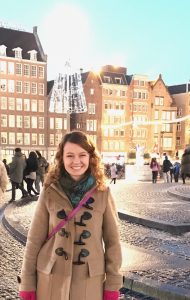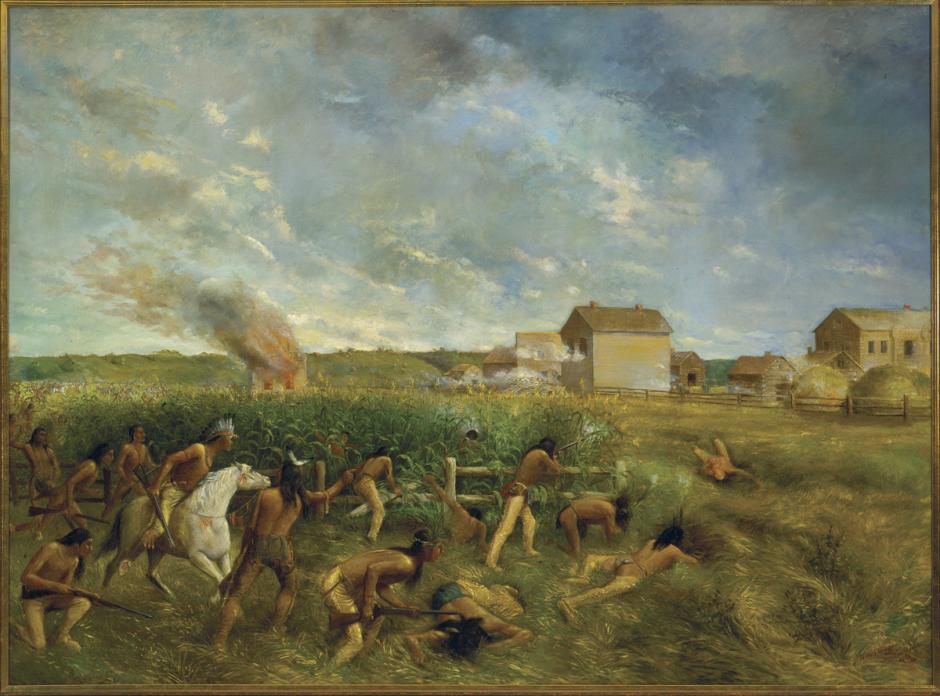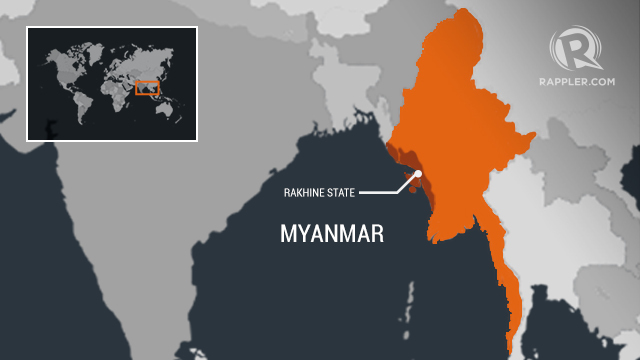Paula was born in El Salvador and, because of the armed conflict in that country, she and her family fled to Mexico at a very young age where she was raised. After the armed conflict ended, she returned to El Salvador where she pursued her LL.B. at the Central American University “José Simeón Cañas.” After graduation, Paula worked as a judicial clerk at the Constitutional Chamber of the Supreme Court of Justice of El Salvador for seven years and, also, as a professor at the Central American University “José Simeón Cañas.” In the year 2009, she moved to South Bend, Indiana, to pursue a LL.M. at the University of Notre Dame du Lac. When she returned to El Salvador in 2010, she was appointed as the Director of the International Assistance Unit, until she decided to move to Minnesota in 2013 to pursue her Ph.D. in History major and Human Rights minor. Paula was the 2014-2015 Badzin Fellow in Holocaust and Genocide Studies. She is currently the USC Shoah 2016-2017 Graduate Research Fellow, a 2016-2017 American Association of University Women International Fellow, and a 2016-2017 University of Minnesota Interdisciplinary Doctoral Fellow.
2010, she was appointed as the Director of the International Assistance Unit, until she decided to move to Minnesota in 2013 to pursue her Ph.D. in History major and Human Rights minor. Paula was the 2014-2015 Badzin Fellow in Holocaust and Genocide Studies. She is currently the USC Shoah 2016-2017 Graduate Research Fellow, a 2016-2017 American Association of University Women International Fellow, and a 2016-2017 University of Minnesota Interdisciplinary Doctoral Fellow.
Paula is interested in the question of genocide in Central America. Specifically, her intention is to debate whether scorched earth operations conducted as part of a state policy during the civil war of the 1980s in Guatemala and El Salvador indeed constituted genocidal practices per se, independently of the group targeted. Since the victims of such military operations are far more likely to be women, children and seniors, she is also interested in studying the diverse forms of sexual violence to which women and girls are subjected to by the perpetrators during the conduction of these military tactics.





